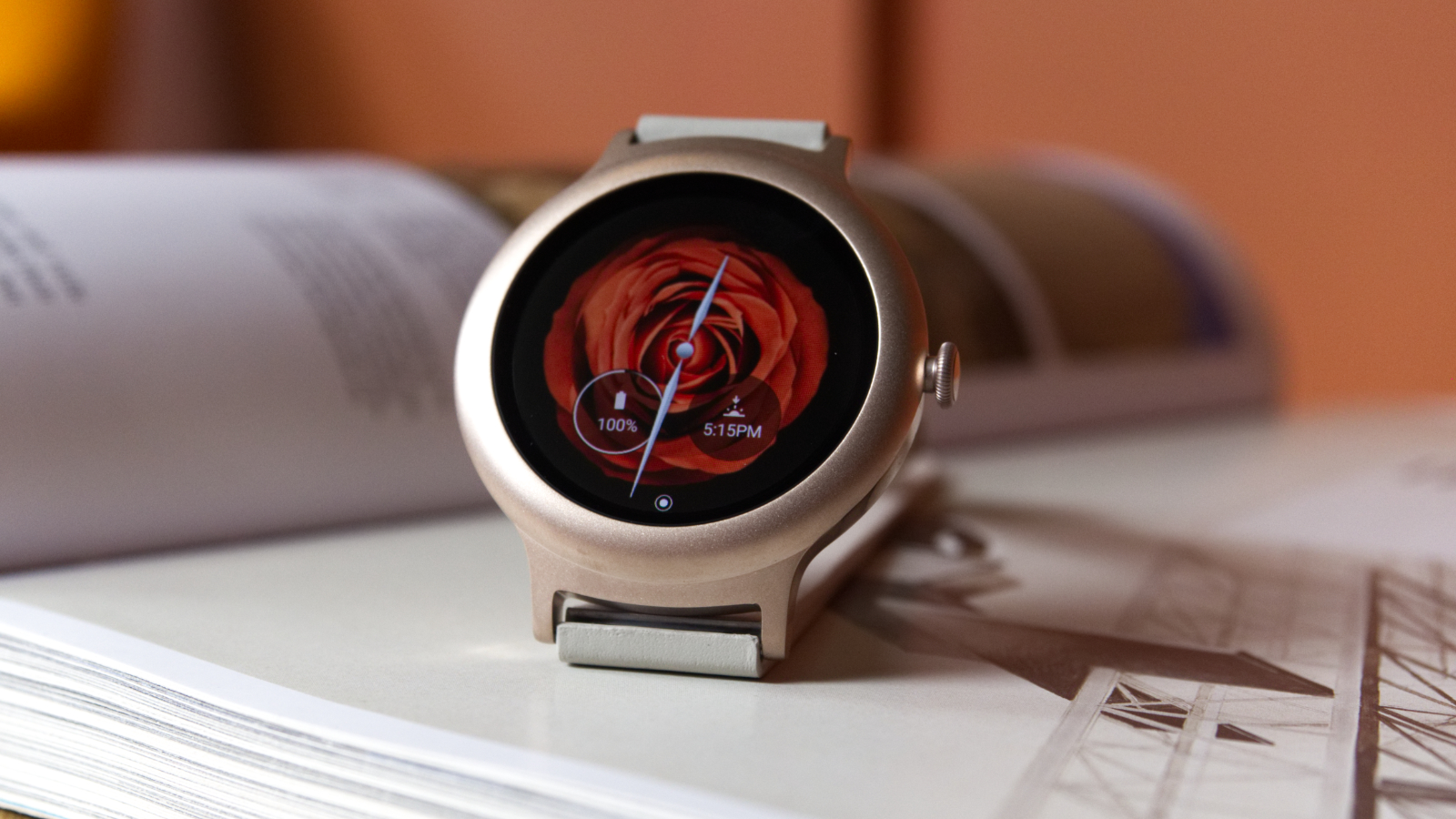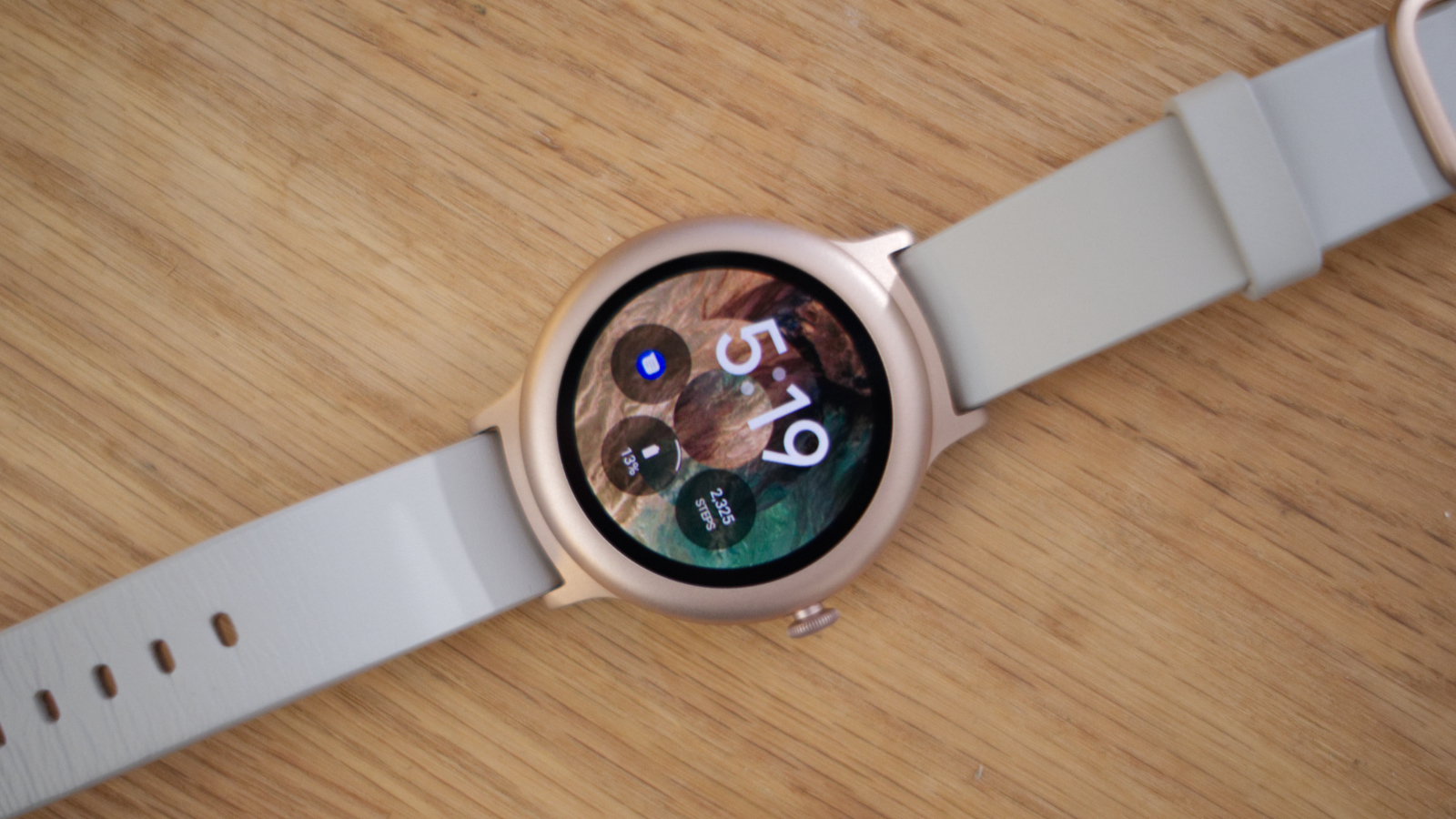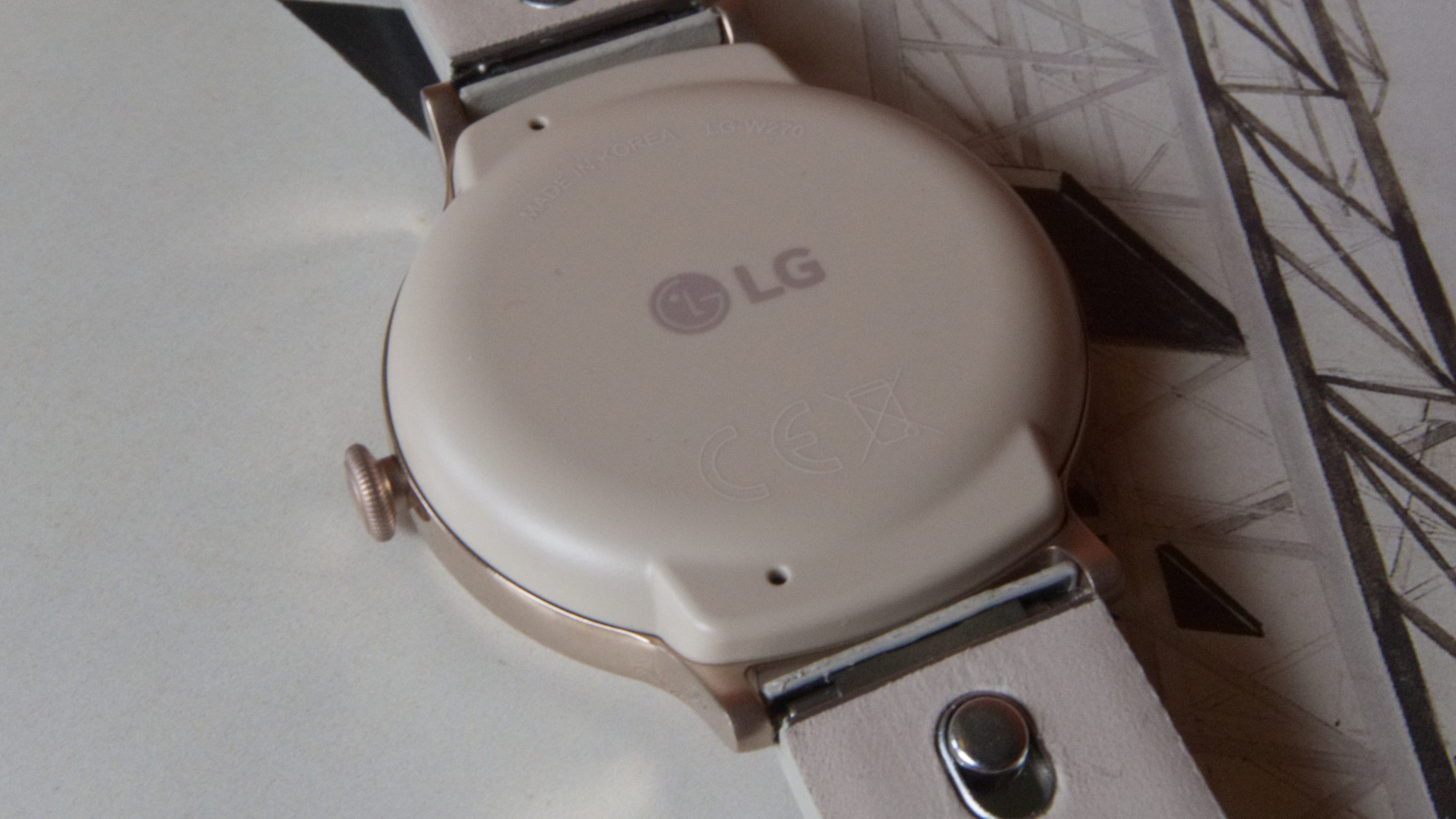Why you can trust TechRadar
- Now runs Wear OS software, but we've yet to test that
- Native apps make Android Wear miles better for iOS users
- Promise of apps is good, but they need to come fast to compete with watchOS
- Battery is small and its performance isn’t great, a cost to pay for thinness and functionality
Historically, this section of a smartwatch review is usually reserved as a place for us to simultaneously celebrate and roast Android Wear.
Previous iterations of the operating system have extended compatibility to Apple’s side of the game, which is awesome, but the experience up to this point has been a far cry compared to what Android phone owners experience.
But those days are over, mostly. Now, even iPhone users can realize their non-Apple Watch’s potential (or at least way more of it) thanks to Android Wear 2.0.
Just like with watches paired to an Android phone, iOS users will now be able to download native apps from the integrated Play Store, and reap all of the other benefits of the new software.
It remains to be seen if Android users will be treated to new features first, but Google has lowered the divide a great deal.
One of the few remaining obstacles is, of course, iMessages and other Apple-specific apps; although when (not if) Google launches Allo for Android Wear 2.0, that will be a good option for cross-communication between iOS and Android users.
Oh, and we're sure you were curious about which watches will receive the update. Here’s the rather exhaustive list of Android Wear 2.0 compatible smartwatches.
Apps
Apps are thankfully no longer an afterthought for Android Wear – and better yet, many more of them don’t require you to have your phone nearby, or even paired up with your watch over Bluetooth.
While you do need to perform the initial pairing with your compatible smartphone (iOS 8.2 or Android 4.3 and above), the Style is leash-free so long as you remain under the umbrella of a Wi-Fi hotspot. This is thanks to the fact that Android Wear 2.0 copies your Google account to the watch, bringing along your downloaded apps, music, text message history and Google Assistant preferences.
Of course, if you choose to roam outside and dig into Google Maps, which is one of the few apps that have received a fresh coat of paint for the new software launch, you’ll need to pair up with your phone for accurate tracking – something that the LG Watch Sport can do all on its own through inbuilt GPS and data chips.
Google has told us that it’s working with numerous developers to ensure that the Play Store has more than enough native apps at launch to keep users busy.
For starters, expect to see Facebook Messenger, Glide, Google Messenger, Hangouts, Telegram and WhatsApp coming in for messaging.
In addition, AccuWeather, Bring!, Foursquare, Google Fit, Google Messenger, Google Play Music, Lifesum, Robinhood, Runkeeper, Runtastic, Strava, Telegram, Uber and many more are on their way – and the list will only grow.
But building the app catalog will be an uphill climb, especially when watchOS from Apple is definitely ahead in terms of native apps.
It’s worth noting that the LG Watch Style’s hardware may hamper the types of apps you can use. For example, it unfortunately doesn’t feature a built-in speaker, so you won’t be able to take a call.
Sign up for breaking news, reviews, opinion, top tech deals, and more.
Also, if you were hoping for an Android Pay-ready smartwatch, you’ll want to direct your attention once again to the LG Watch Sport.
But those functions aren't ubiquitous in smartwatches yet, and the Style and many previously released smartwatches will be compatible with most of what the Play Store has to offer. But it’s important to consider, given that not all Android Wear smartwatches are created equal.
Battery life
“How big could the battery be?” we asked ourselves worriedly as we took the stylish LG Watch Style out of its box. As it turns out, not very big at all.
At 240mAh, it’s on the small side as far as battery capacities go in a smartwatch, and it shows.
Obviously, the more you use the watch, the less time it will last. And during much of our testing period, we were flicking our wrist around at least once every few minutes. Under that sort of use, we were reaching for a charger before the day came to an end.
On the last day of testing, though, we left it alone for the most part, and even with a steady stream of notifications coming in and text messages going out, it easily lasted the whole day.
On the one hand, the battery life is no better than it was before, which is hugely disappointing. The Snapdragon Wear 2100 was supposed to change all of that.
But on the other hand we're able to do so much more with the watch while it’s alive that the disappointment is more or less asuaged. A life full is better than a life long, right?
That’s not to say that it pleases us to carry around the conductive charger everywhere we go, but this seems to be the price we have to pay after we all loudly demanded thinner and more capable watches last year.
Optimists that we are, we won’t rule out the possibility that Google could improve efficiency in future updates to Android Wear 2.0 – but we could very well be seeing the hard limitations of modern battery tech.
Once the Style is placed on the puck-like charging dock it can charge halfway in about 40 minutes, and fully in about an hour and a half.
Current page: Compatibility, apps and battery life
Prev Page Specs, performance and fitness Next Page Verdict
Cameron is a writer at The Verge, focused on reviews, deals coverage, and news. He wrote for magazines and websites such as The Verge, TechRadar, Practical Photoshop, Polygon, Eater and Al Bawaba.





